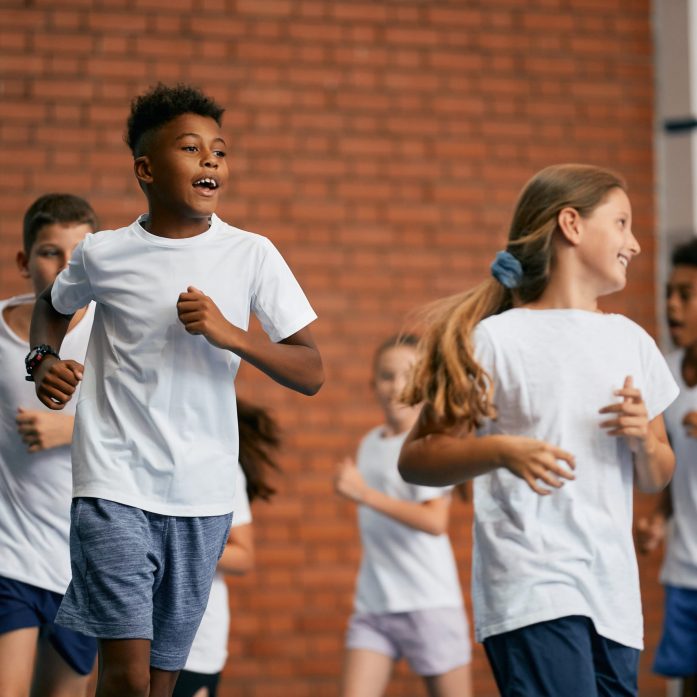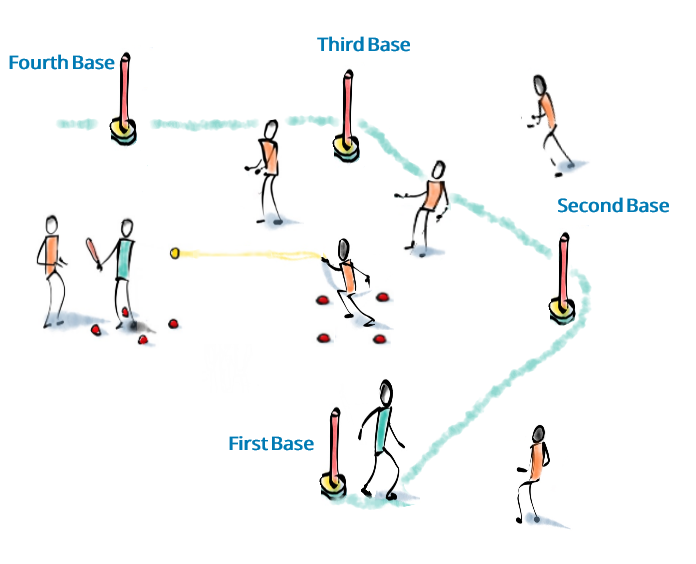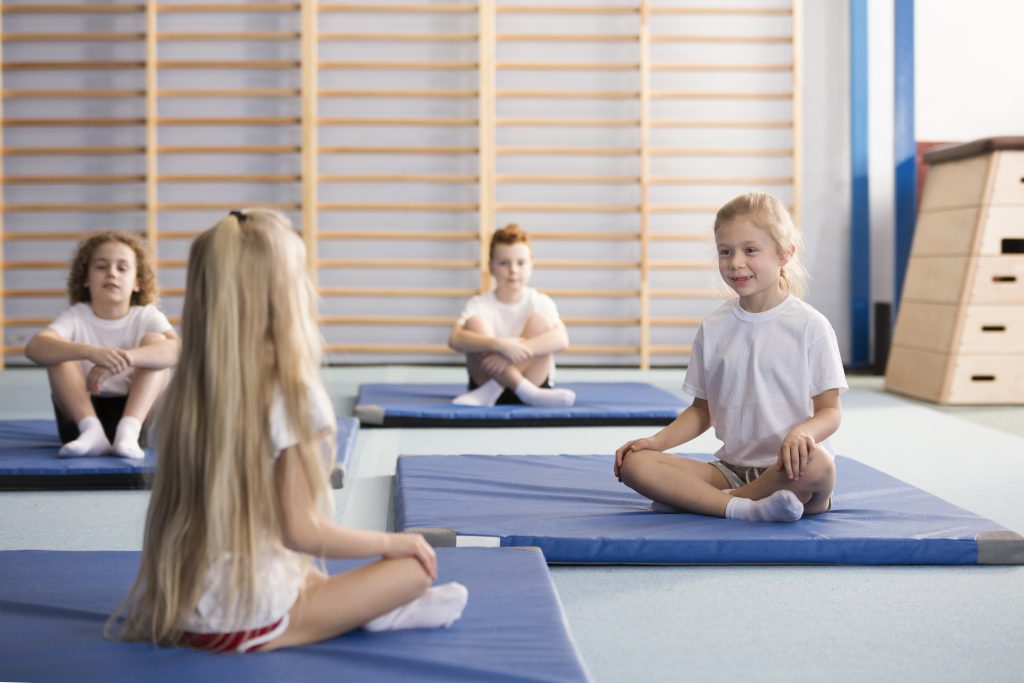Post Lockdown Physical Activity in Children
We want to talk about a topic we are very passionate about… Physical activity levels in children and the effects of lockdown catch up...

Everyone agrees that the health of our children is crucial, but as we try so hard to catch up on the missed learning of our children, is physical education getting moved to the side-lines?
According to a variety of world health leaders*, children aged 5 to 18 should be physically active for at least 60 minutes per day, participating in moderate to vigorous activities across the week for aerobic development and to strengthen muscle and bone.
In 2019, Sport England recognised that over 55% of children were not active for the recommended 60 minutes per day, and set out a plan to increase children’s physical activity and promote healthy lifestyles.
Shortly after the plan was published, the pandemic hit and the situation worsened.

A recent government report declared that post-lockdown curriculum changes have resulted in 56% of primary schools having reduced hours in certain subjects, such as music and PE. It also found that 65% of extra-curricular clubs have not been offered compared to pre-Covid.
We work with hundreds of primary schools and completely understand how stretched schools are with staffing shortages and children behind with their attainment. However, we truly believe that physically active children are happier, learn, focus and develop better, and physical activity cannot be put on hold.
The list of benefits for physical activity and exercise is endless…
- Maintains healthy weight / limiting the risk of obesity
- Improves health and fitness / limiting the risk of chronic diseases
- Improves sleeping
- Reduces anxiety
- Reduces depression
- Promotes healthy bone growth and muscle development
- Builds confidence and social skills
- Improves concentration
- Improves learning
- Develops confidence
- Makes you feel good
Below we list our top 5 tips to help…
1; Utilise PE funding underspend budgets. Most schools receive over £16,000 per year for PE development, and any money not spent last year, can be added to this year’s budget. Find a local Sports Coaching business to support less confident teachers with PE lessons, lunch and after school clubs.
2; Maximise PE time by making lessons physically challenging and fitness focused. We have 7 brand new Fitness units of work from Foundation to Year 6 to help with this. The Early Years and KS1 plans are based on fun healthy activities. The KS2 plans are Circuit Training focussed. You can try these, and other free PE lesson plans here.
3; As much as possible, offer extra-curricular clubs. Breakfast clubs, lunchtime clubs, after school clubs… anything that offers opportunity for children to be physically active in an enjoyable and engaging environment. Offer clubs that your pupils will want to be involved in. And with a healthy PE budget, don’t limit the chances of getting children into clubs, offer them for free to all!
Take a look at our lunchtime games resources to help get started.
4; Participate in competitive sport. Children love representing their school, whether it be via an organised program, such as School Games, or fixtures arranged with local schools. There are huge benefits to School Sport, as well as being fun and enjoyable, and creating excitement and pride around school, it aspires children to challenge themselves, set goals, and learn the importance of practise and preparation.
5; Ensure your school PE is part of the curriculum for everyone. The Department of Education recommends schools should provide pupils with a minimum of two hours of PE per week. For around 1% of most schools’ PE Funding, you can subscribe to PE Planning and find a pe lesson plan in over 18 sports, resources, and PE curriculum planning for your whole school.
We would love to hear about how your school is working to create healthier, happier, more active children.
Likewise, if you have any PE or physical activity related questions, please don’t hesitate to contact us. We are here to help!
*World Health Leaders sources:
Department of Health & Social Care



